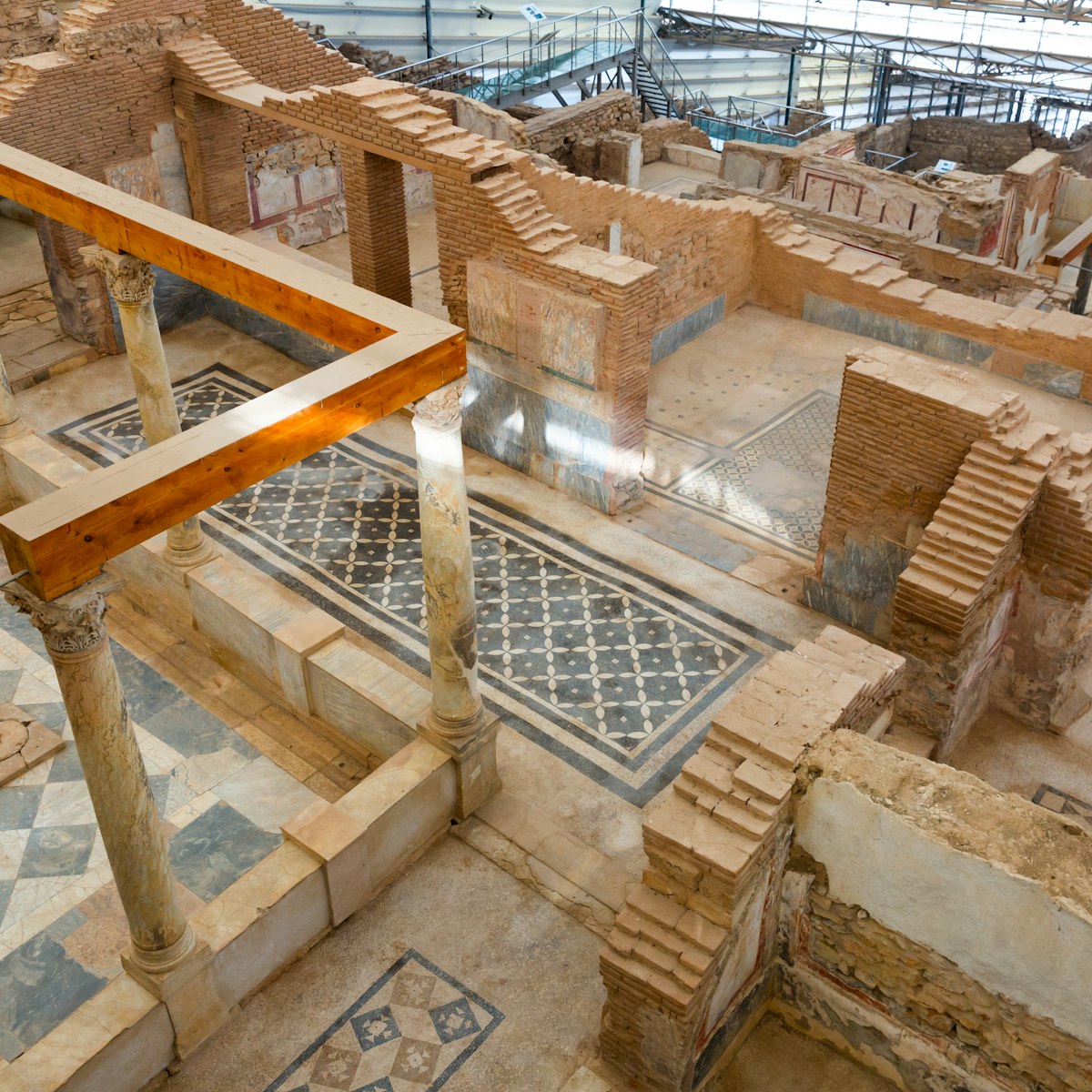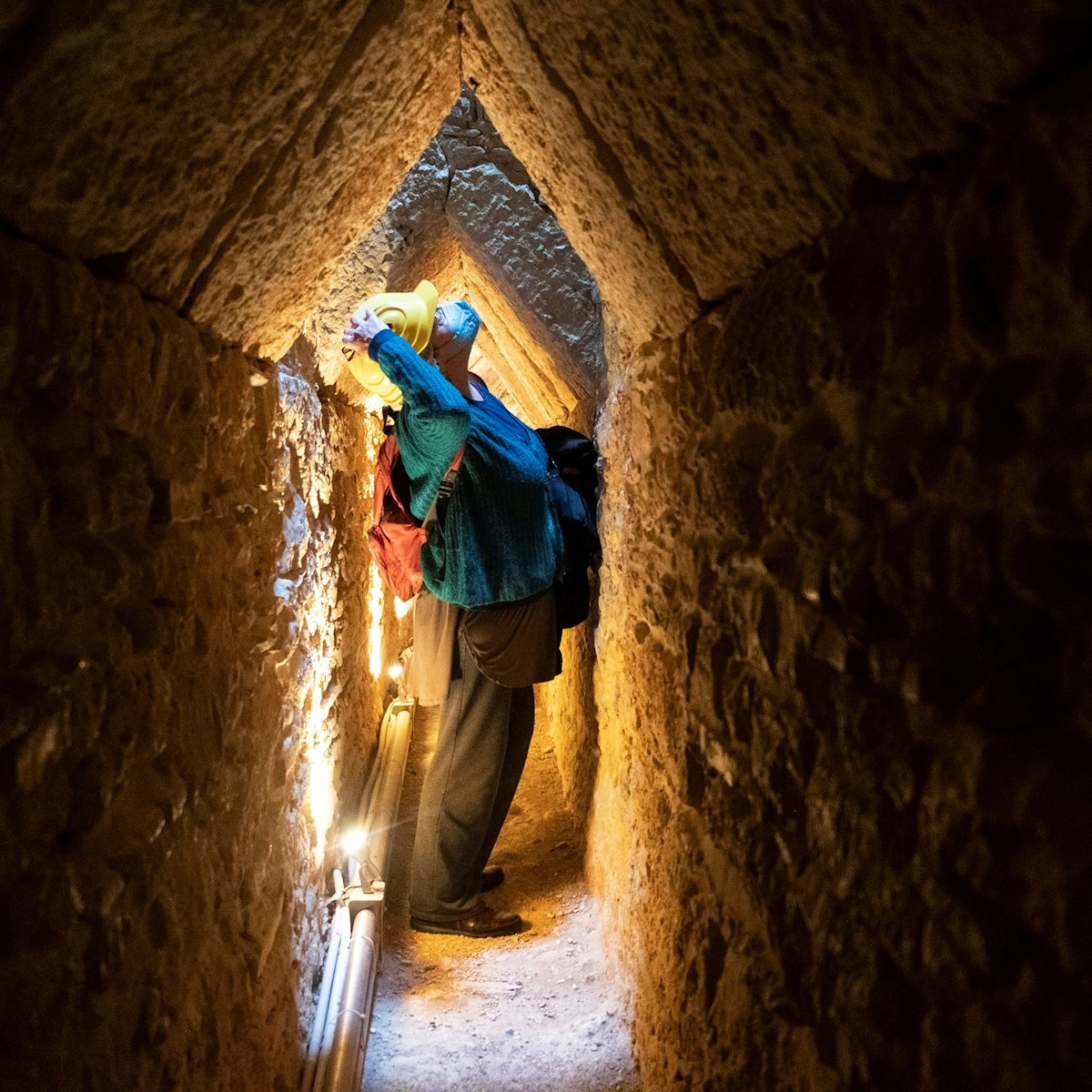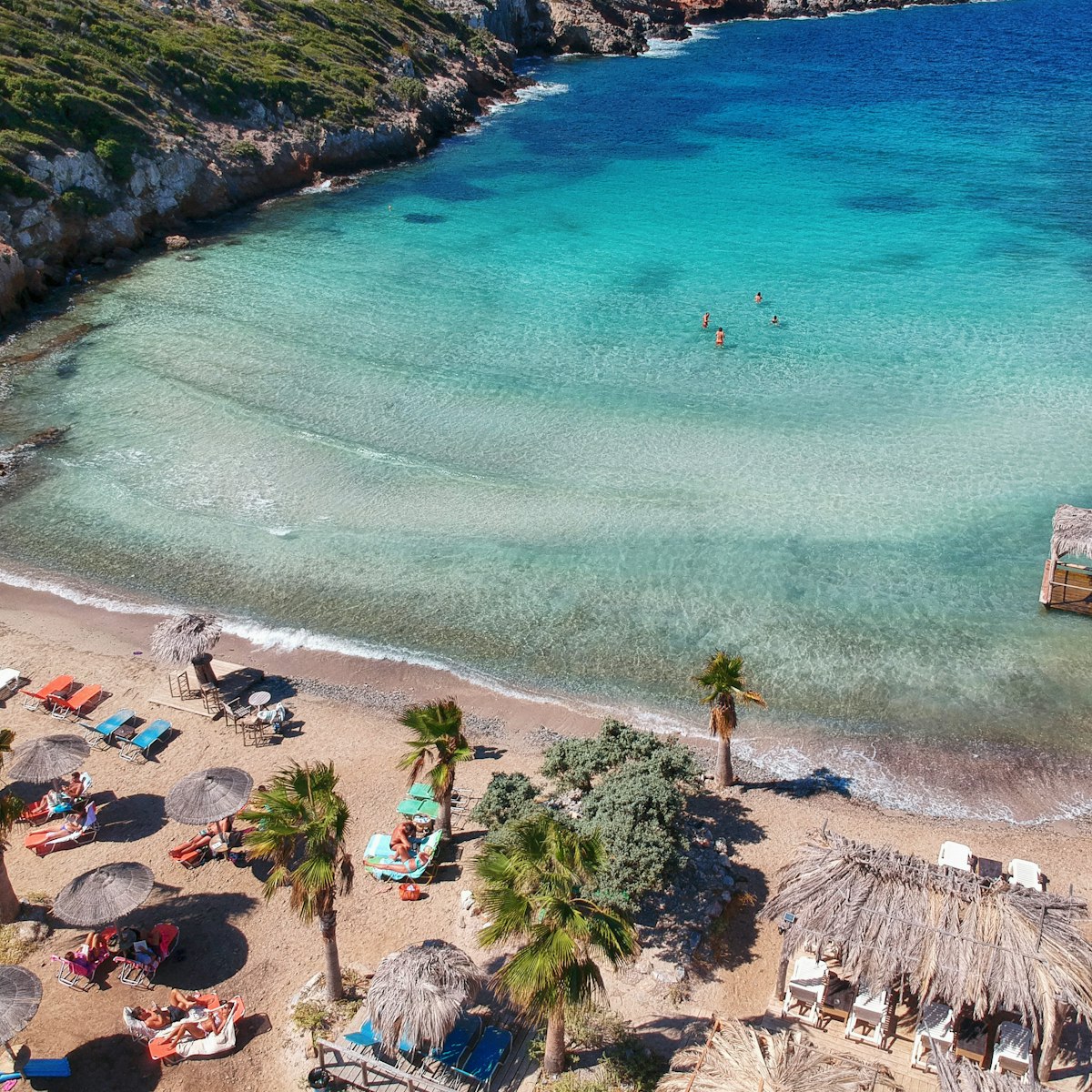Atop the foundations of a ruined house on the slopes of Bülbül Dağı (Mt Coressos), said by some to be where the Virgin Mary lived, a chapel now receives busloads of pilgrims and tourists. There may not be space to see much inside the tiny chapel because of all the visitors lighting candles in front of the altar but note the small fresco on exiting and the larger orange bricks at the base of the exterior wall, which indicate the original foundation.
A 'wishing wall' below the chapel is covered in bits of white cloth, paper, plastic or anything else at hand that the faithful have tied to a frame while making a wish. Taps here dispense potable spring water.
The house foundations, discovered in 1881 by French priest Julien Gouyet, are from the 6th century AD (though certain elements are older). Although legend had long attested that the Apostle John brought the Virgin Mary to Ephesus near the end of her life (AD 37–48), it took until the 19th century for the site to become a place of pilgrimage. Gouyet claimed to have found Mary's house based on the visions of a bedridden German nun, Anne Catherine Emmerich (1774–1824), and four popes have visited since then (most recently, Benedict XVI in 2006). Although the Vatican has not taken an official position on the case, the late John Paul II beatified Emmerich in 2004.
Multilingual information panels line the walkway leading to the house, and brochures and booklets are available. The Holy Virgin's House: The True Story of Its Discovery by P Eugene Poulin is available from the bookshop opposite the cafe.
Appropriate dress and behaviour is required when visiting this site, which many of the Christian faithful consider sacred.
Meryemana, the site of Mary's House, is 8km from Ephesus' Upper Gate and 9.5km from the Lower Gate. Dolmuşes don't go there; taxis from Selçuk's bus station are ₺50/85 single/return (including a 30-minute wait).





